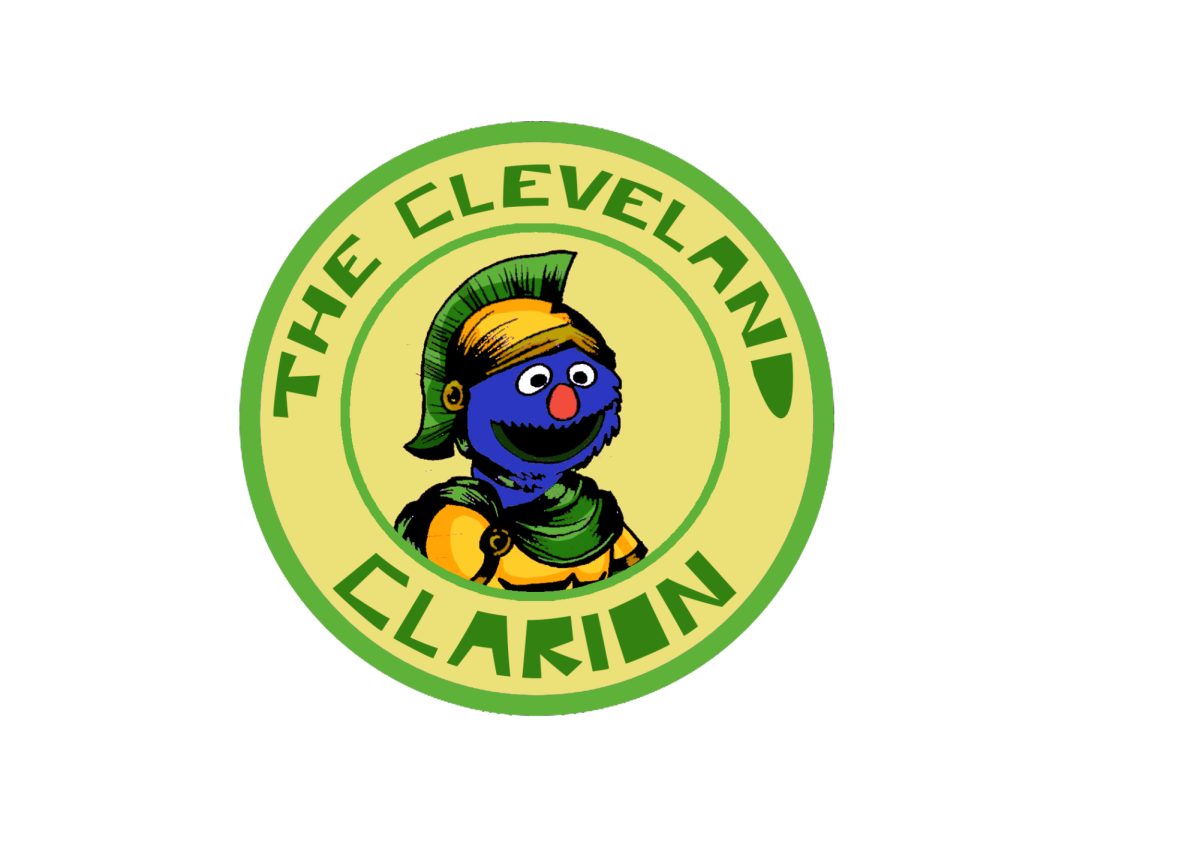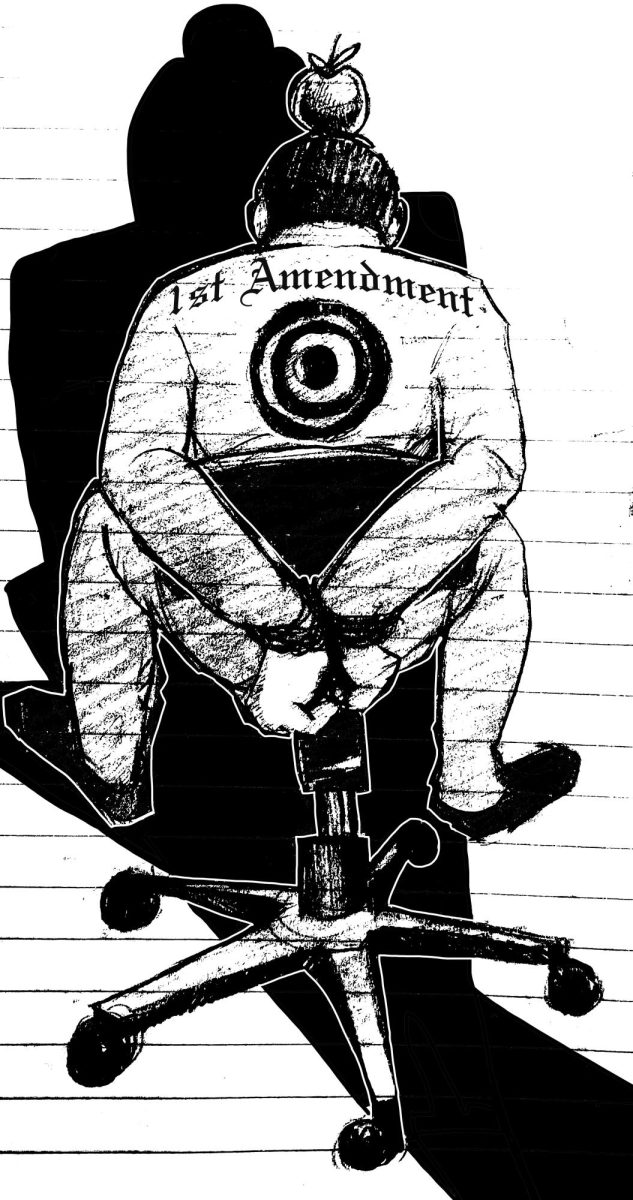Paper Crisis: How You Can Help
Clarion photo Alex Cheriel
Paper awaiting use, and overuse, at Cleveland High School.
January 5, 2019
Every four to six weeks, Cleveland High School uses approximately 200,000 sheets of paper. This works out to an average of about 100 sheets per month per person. Some students and staff members are careful in their use of paper, while many others fail to take steps to reduce their usage.
Reducing the use of paper is not just an ecological issue, but a financial one as well. According to Jordan Cooper, Cleveland bookkeeper, purchasing lots of paper reduces the amount of money teachers have to spend. “Every time that we buy paper, that takes away from department budgets,” he said. Each order of a pallet of 40 boxes of 5,000 sheets of paper costs about $1,100.
Cooper, in his first year at Cleveland, is already forming a plan to help teachers save paper. “I’d like to compile data on which printers use the most paper and narrow it down to who’s around those printers, to see what departments use the most paper,” he said. “[I plan to] work with department heads on saving paper or what we might need to save paper.”
Over the past few years, Cleveland has seen a large increase in the number of computer labs for student use. Teachers able to secure computers for their classes have been able to considerably reduce their use of paper. However, the number of students is still more than twice the number of computers available. As a result, many teachers and students continue to use large amounts of paper.
Even if everyone had their own computer, it’s unlikely that the use of paper could be completely eliminated. Following are several practical solutions to reduce the amount of paper we do use.
Students
One often overlooked method of saving paper is organization. By keeping your papers tucked away in a binder or folder, you’re much less likely to need to request teachers for additional copies of assignments. Keeping quality notebooks in class every day is also a good idea, because it cuts down on your use of loose-leaf paper. Of course, organization not only has the potential to save paper, but also to improve your grades.
When writing essays or reports that must be printed, it’s important to remember that some fonts are much more compact than others. In fact, the smallest fonts can fit up to 150 more words per page than large ones. Fonts available on Google Docs with an excellent words per page ratio include EB Garamond, Times New Roman, Calibri, and Cambria. Choosing a smaller font can save one or two pieces of paper, but making sure to print double-sided is an easy way to cut your paper usage in half. Also, double-check your work before printing. Discovering a mistake immediately after printing is both a headache and a waste of paper.
If you need to make copies for a teacher, a club, or any other reason, make sure that you know how to use the Library copy machine to avoid wasting paper. The machine is new this year and is relatively easy to use. First, place your paper(s) in the tray on the top of the machine. Next, press Copy on the touch screen. A variety of settings will come up. Punch in how many copies you wish to make. On the left side of the screen is an option called 2-Sided Copy, where you can select the format of your original document as well as the desired format for your copies. Finally, press Start. If you’re making lots of copies, consider trying only one copy at first to make sure everything’s all right. If you’re confused, or the machine is out of paper, don’t hesitate to ask Library staff or TAs for help.
Staff
While students can certainly do their part to save paper, the bulk of the paper used at Cleveland is by staff. One way teachers can save paper is reformatting articles and readings. Copying an article into a document, decreasing the margins, and changing the font to one of the aforementioned ones can save a lot of paper as opposed to printing directly from the website. By taking a few minutes to reduce one page from an article that you plan on handing out to three classes, you’re saving 90 pieces of paper.
Another opportunity for teachers to save paper is by reformatting tests. Multiple-choice tests, in particular, tend to leave a large amount of blank space on a page. Often, eight multiple choice questions can fit on a page if well formatted, as opposed to the traditional four or five questions. The company Schoolhouse Tech makes an easy-to-use test creation program. Capabilities of the free version include multiple choice questions and a variety of formatting options. Premium versions ranging in price from $30 to $65 include up to 14 different question types and additional formats. An all-school license, however, only costs $185. If investing in this program saved 33,600 sheets of paper, it would pay for itself. That may sound like a lot, but it is in fact less than the amount of paper that we use in an average week.
One more way that teachers can save paper is by laminating and re-using equation sheets, resource papers, and other in-class items instead of continually printing these materials for students. Some teachers already do this, but others are missing out on an opportunity to save a tremendous amount of paper.













